Advanced Squad Leader, the hex-and-chit World War II game legend, came out in 1985, even before I was born. It has only ever looked approachable once while reading the rules. That was before I realized how trying to keep all the rules straight is what turns me into a stressed-out mess in any game. That’s why I am very happy to see that Second Front — the closest thing to ASL PC adaptation — has finally come out.
As mentioned before, Second Front is a World War II game. It ships with three factions: the US, Germany, and Russia (USSR), and is meant to recreate both European fronts of the war. You have all the main tanks, trucks, and guns to take you from September 1939 to 1945. Admittedly, the Americans didn’t have much going for them when the Nazis invaded Poland, so their arsenal only begins somewhere around the introduction of the M3. In any case, you can watch all of them explode in around a dozen scenarios per country (except the Germans, who get two sets: one for fighting Americans and one for Russians), as well as a few simple campaigns.
Don’t read Citizen Soldiers
Second Front is a turn-based tactics game, where an individual unit can be a squad (or half-squad), an officer, a weapon team, or a single vehicle. However, having your turn doesn’t mean that you can run around the map unopposed — this isn’t Warhammer 40,000. Even on your movement and fire phase, the enemy troops can fire on targets that waltz into their sight.
What’s more, your movement phase is followed by the enemy fire phase, in which foes that haven’t shot their load on overwatch can now fire at eligible targets. This is followed by the escape phase, in which broken units of both players automatically skedaddle. Then you get your advance phase, which lets infantry move a single hex without getting shot at — or enter into melee. Fisticuffs are resolved in the melee phase, followed by the end phase where units check to rally or fix their weapons.
So Second Front is somewhat simplified compared to ASL, but I don’t mind. I’d probably get a brain hemorrhage from trying to play a single turn of the real thing, let alone go in for its many modules, like Red Barricades. On the other hand, while I am sometimes a bit confused in Second Front, it is eminently playable, rewards you for being slow and meticulous as well as aggressive, and tracks not only vehicle armor facings, but also turret armor and rotation separate from the hull.
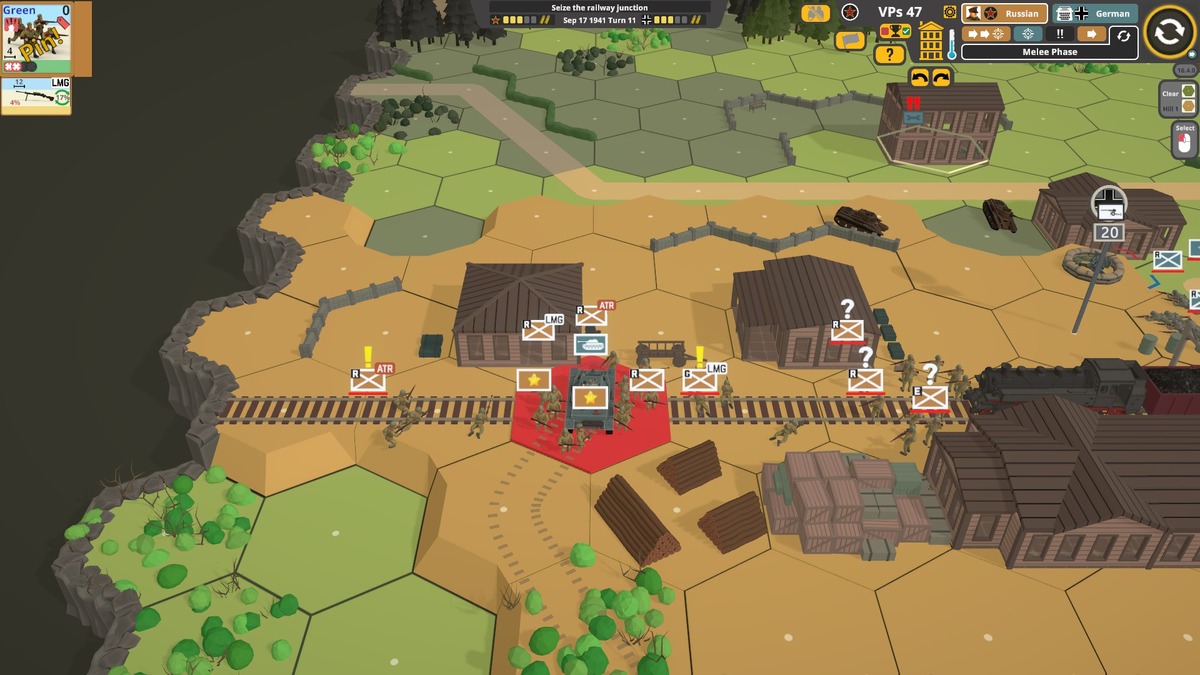
Getting a bunch of infantry to bully a tank in melee is always a treat, especially if you win. Screenshot by PC Invasion
Plus, it keeps track of all the rules in modifiers, often explaining it via easily readable pictograms. I don’t need to know exactly what penalty I’m getting to my accuracy. And the penalties aren’t in any way exotic. Units fire worse after moving (and don’t move after firing), tanks fire better if the commander has his nogging out (unless it’s one of the early war marvels where the commander is the gunner), infantry moves, shoots, and rallies better if stacked with an officer.
So while there is plenty of stuff happening under the hood, I’m free to wage the battle. And since Second Front is a heavily scenario-based game, I can’t even do army building shenanigans. What I can partake in is sending a single squad forward to recon and draw reaction fire instead of doing that with a whole platoon. I can move my troops as an officer-driven blob while out of enemy sight and then spread out on contact, sacrificing some of that directed fire to present a lot more targets.
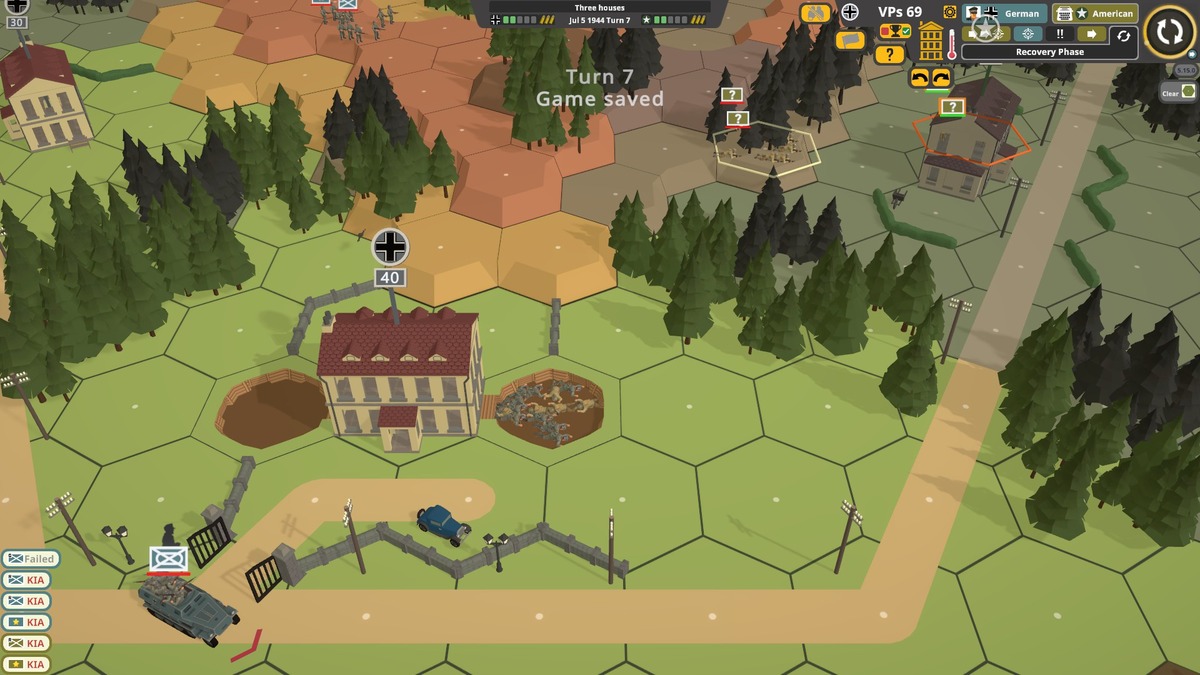
Melee can lead to mutual annihilation, which is why you get to see this corpse-filled trench. Screenshot by PC Invasion
And if my careful use of terrain allows me to sneak up a unit close enough, that the one-hex crawl move puts in the hex next to the enemy. With that, I’m only a single advance phase away from melee. The feeling is magical.
Build your own war
What else is magical? The map and scenario editor, of course! The Second Front map creator is the friendliest I’ve seen in years, and I can paint up a cute battlefield really fast. There may be some game engine weirdness — trenches only exist as dugouts that vehicles can’t cross — but the rest can be understood by trial and undo. The same goes for the scenario editor, partially because victory conditions are always simple. Capture the required locations before their score markers run out, hold a required location until the marker runs, or escape the map through designated points.

It’s up to you to construct scenarios with meaningful uses of buildings tanks can drive into! Screenshot by PC Invasion
Notably, both the “gameyness” of rushing the capture point and protracted battles against the dregs of the enemy force are prevented by tracking the ratio of remaining infantry units. Grab the point early and you’ll still have to whittle down the foes to the point where the towel is thrown.
Setting a scenario (or a campaign, though you’ll have to read up on doing it in the manual) is almost easier than making a map. You can even bake in replayability by setting alternate positions for guns to appear in any given playthrough. I also love the fact that by setting the date, your access to the armory will be limited to what was available at that time.
Not a perfect war
Now, if I was to complain about Second Front, the first thing that would come to my mind is the tutorial. It’s split into bite-sized chunks, and for a good reason: all the information is given in a briefing at the start of it, so you better memorize that going forward. And despite the best wishes of the developer, that’s not very easy to do, especially for folks new to the genre.
Lack of multiplayer may also be an issue. The AI isn’t very smart when it comes to transports and can’t use TNT, a massively satisfying weapon to use on targets that can’t run away. I bet at least a few of the less lopsided scenarios would be a lot more fun with a friend. After all, it would be even more satisfying if it was human-controlled units that blundered into some deadly overwatch.
Lastly, the interface is rough. It’s not unreadable or anything (we’re not talking Graviteam Tactics here), but it could use some polish and tidying up. Plus, last I played, not all the necessary tooltips seemed to be there.
Second Front is the pretty front
On the other hand, I have already seen people complain about the art style/visuals of Second Front, and that’s the kind of insolence that cannot be brooked. Second Front is beautifully stylized and simplified, looking good while also being an economical choice for a studio that went and made a PC version of a hex-and-chit wargame. I can only complain about vehicle wrecks being too small and looking kind of bad.
Also, please introduce corpse persistence. I had two German squads and a squad of Americans mutually annihilate each other in a trench, and it made for a satisfyingly gruesome tableau.
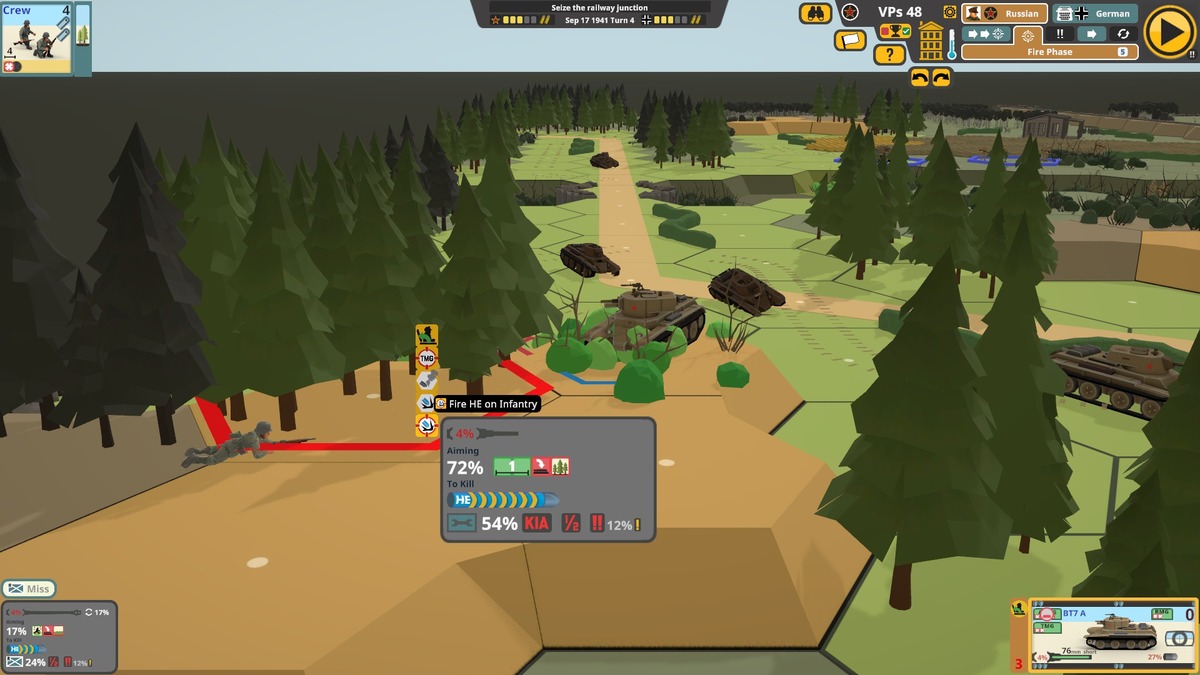
Parking a tank next to infantry is also a way to produce some grim results. Screenshot by PC Invasion
Second Front may have some rough finish, but so did T-34/85, and it became the best tank of the war. I am confident that it’s a great game for anyone trying to get into this type of gaming and just World War II fans in general. I do hope it gets more expansions and DLC than the M4, the other best tank of the war, had variants. Because if you want to depict the Italian campaign, you need scenery that looks Italian — and Italians themselves!

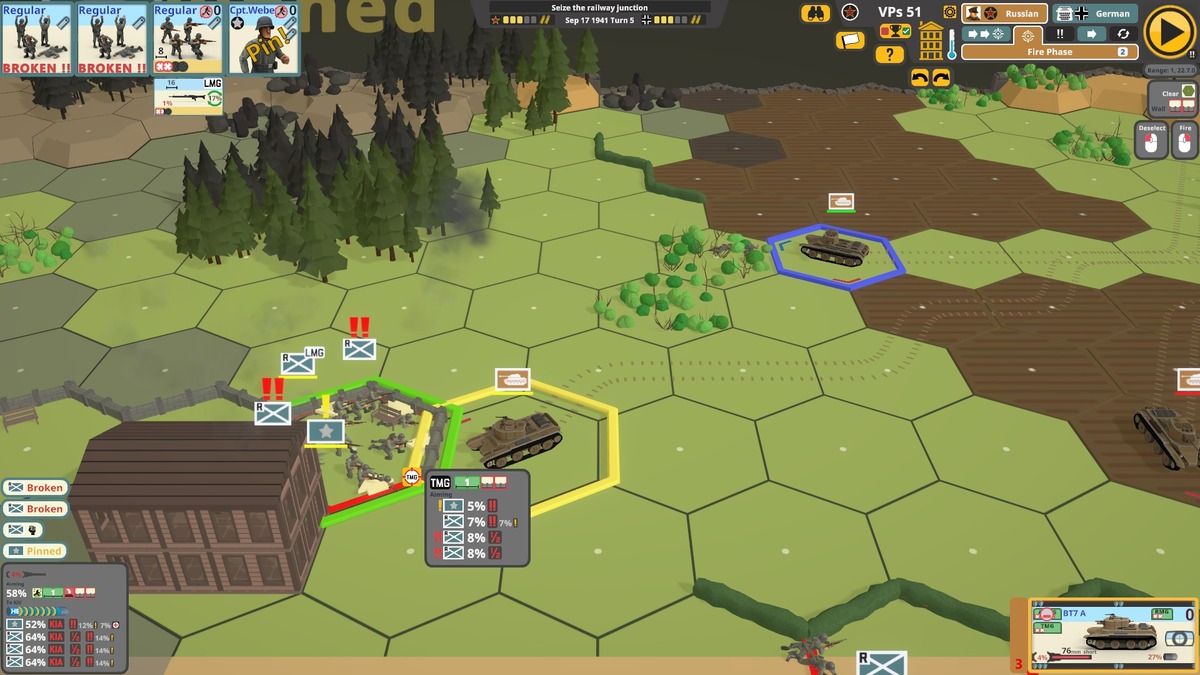

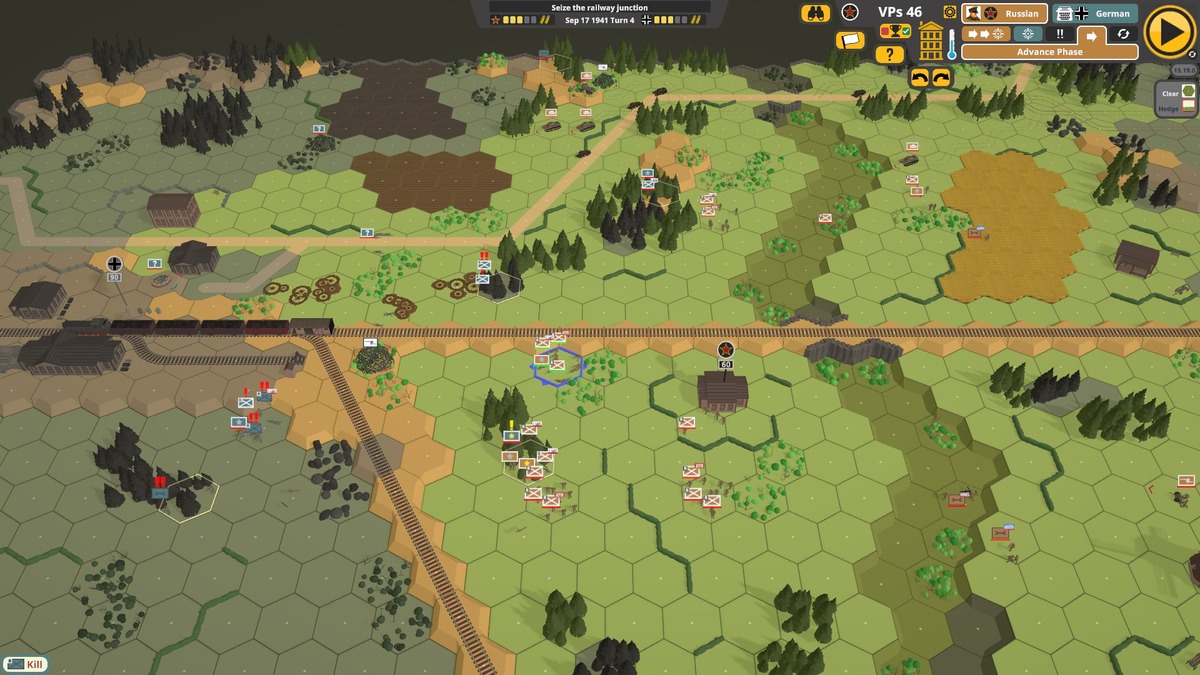






Published: Jan 30, 2023 06:29 pm